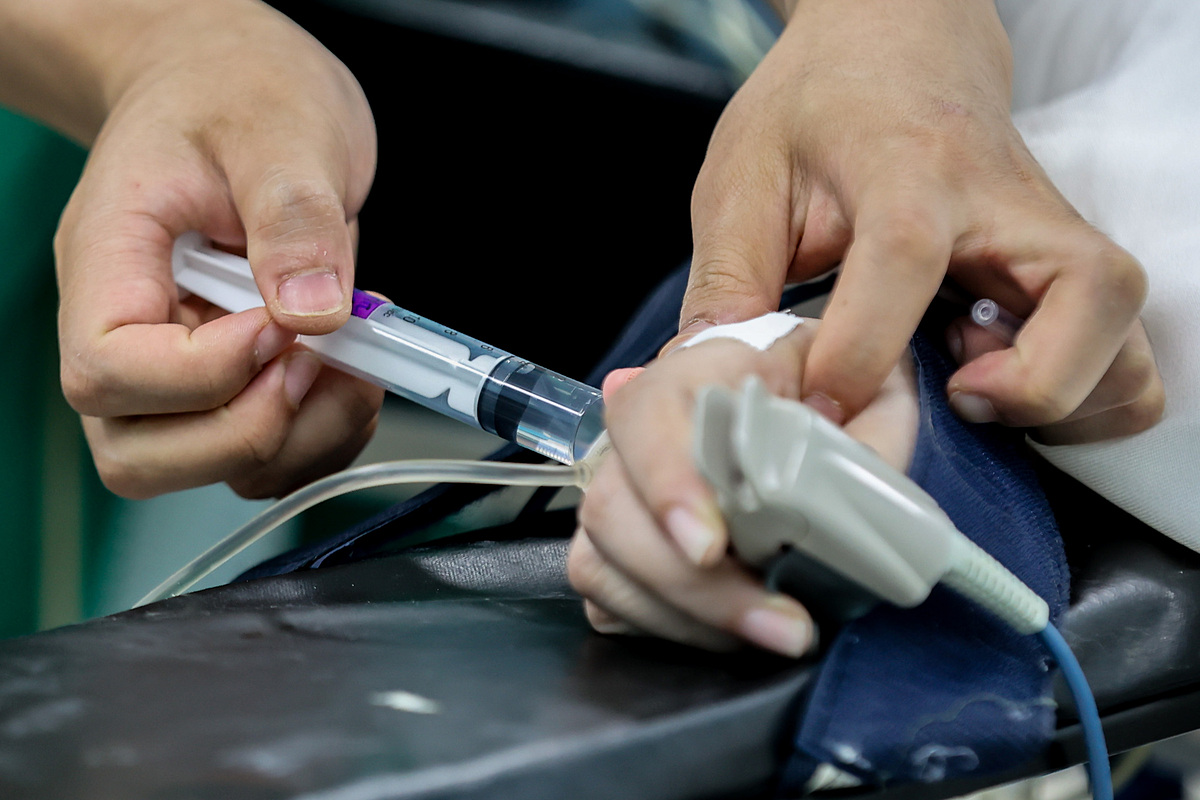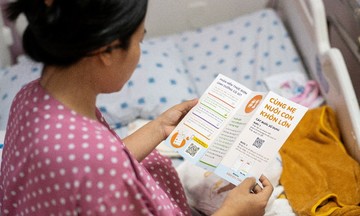On 13/7, representatives from Nhan Dan 115 Hospital in Ho Chi Minh City reported a patient arrived in critical condition, requiring intubation. Her liver, kidney, and coagulation functions were rapidly deteriorating. The woman's condition worsened unexpectedly after her second C-section, experiencing confusion and difficulty breathing. During her first pregnancy, she had gestational diabetes and underwent a C-section due to fetal macrosomia.
Doctors in the intensive care unit diagnosed her with acute fatty liver of pregnancy (AFLP), a rare but serious condition similar to preeclampsia. Without prompt treatment, AFLP can lead to liver and kidney failure, severe bleeding disorders, coma, and even death.
While pregnancy complications like preeclampsia, HELLP syndrome, or fatty liver disease usually improve after delivery, this case became severe. Despite five plasma transfusions, continuous blood filtration, and blood product transfusions, the patient’s coagulation disorder remained critical. She fell into a deep coma with dropping blood pressure and rapidly decreasing red blood cell count. Her surgical incision began to bleed, and her abdomen became distended. An ultrasound revealed fluid in her abdomen, suggesting post-C-section bleeding.
A hospital-wide emergency was immediately declared. Within 5 minutes, the patient was in the operating room. A joint surgical team from two hospitals performed emergency surgery, draining over two liters of blood. However, they couldn't identify the exact source of the bleeding and placed a drain for monitoring.
Bleeding persisted, and her vital signs remained precarious. Nearly 10 liters of red blood cells, 5 liters of fresh frozen plasma, and 3 liters of platelets were transfused, almost entirely replacing her blood volume. Consultations and specialized tests with the Blood Transfusion Hematology Hospital revealed no underlying hematological abnormalities.
After multiple rounds of blood filtration, plasma transfusions, and two additional surgeries to control the bleeding, the patient gradually regained consciousness and was taken off the ventilator after four days. The abdominal bleeding subsided, and her liver and kidney function improved. After more than 15 days of intensive care, the young mother was discharged.
 |
The patient undergoing surgery at a hospital in TP HCM. Photo: Quynh Tran |
The patient undergoing surgery at a hospital in TP HCM. Photo: Quynh Tran
Acute fatty liver of pregnancy typically occurs in the third trimester or after delivery. If not detected and treated promptly, it can cause multiple organ failure and severe coagulation disorders, threatening the lives of both mother and baby. The risk is higher for women with a history of AFLP, preeclampsia, HELLP syndrome, multiple pregnancies, male fetuses, fetuses with LCHAD (long-chain 3-hydroxyacyl-CoA dehydrogenase) deficiency, or a family history of metabolic disorders.
Warning signs include fatigue, loss of appetite, persistent nausea and vomiting; pain or discomfort in the upper abdomen or right lower ribs; jaundice, decreased urination, swelling, headaches, altered mental state; unexplained itching, abnormal bleeding, and delayed fever.
The disease progresses rapidly and is very dangerous. Expectant mothers should attend all scheduled prenatal appointments and immediately inform their doctor of any unusual symptoms. If AFLP is suspected, doctors will order tests to assess liver, kidney, and coagulation function. A confirmed diagnosis requires immediate hospitalization, intensive treatment, and prompt delivery to protect the lives of both mother and baby.
Le Phuong












